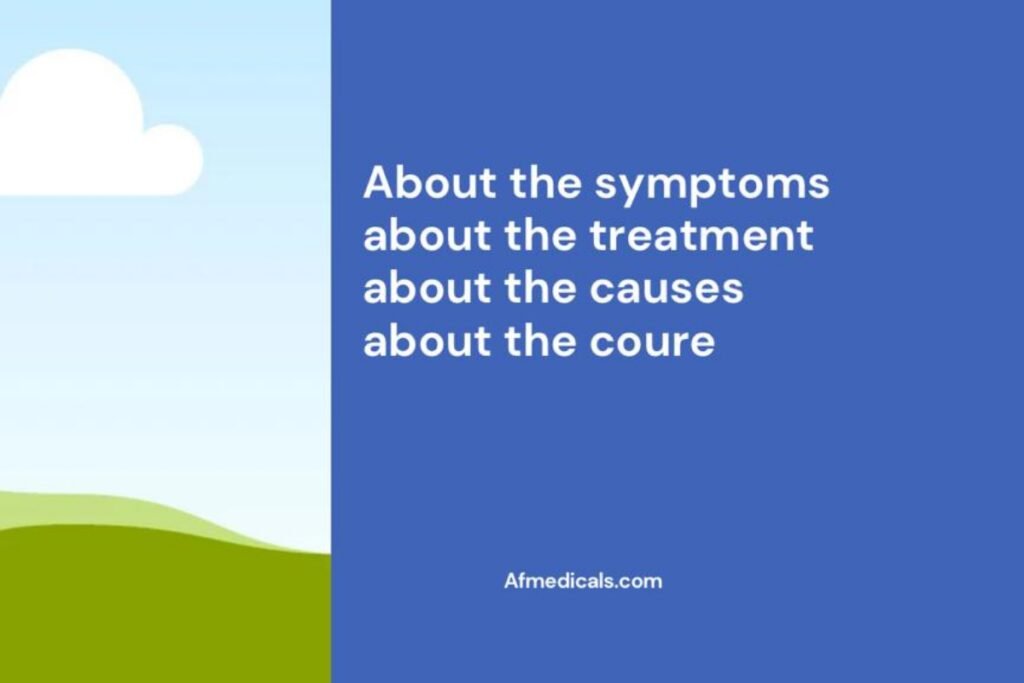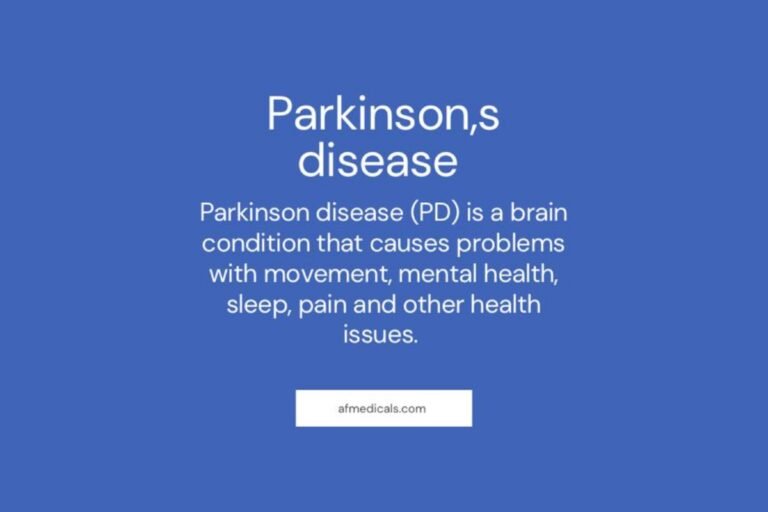Deciphering Gonorrhea: A Comprehensive, Insightful Overview:
Deciphering Gonorrhea: A Comprehensive, Insightful Overview:
Table of Contents:
- Introduction
- What is Gonorrhea?
- 2.1. Historical Background
- 2.2. The Bacterium Behind Gonorrhea
- Transmission of Gonorrhea
- 3.1. Sexual Transmission
- 3.2. Perinatal Transmission
- Symptoms of Gonorrhea
- 4.1. Symptoms in Men
- 4.2. Symptoms in Women
- 4.3. Asymptomatic Cases
- Complications and Risks
- 5.1. In Men
- 5.2. In Women
- 5.3. Systemic Infections
- Diagnosis of Gonorrhea
- 6.1. Laboratory Tests
- 6.2. Identifying Asymptomatic Cases
- Treatment Strategies
- 7.1. Antibiotic Therapy
- 7.2. Resistance to Antibiotics
- 7.3. Follow-Up and Partner Notification
- Prevention and Control
- 8.1. Safe Sex Practices
- 8.2. Vaccination Research
- 8.3. Public Health Strategies
- The Impact of Gonorrhea on Public Health
- 9.1. Epidemiology
- 9.2. Economic Costs
- 9.3. Stigma and Awareness
- Future Perspectives
- 10.1. Advances in Treatment
- 10.2. The Challenge of Antibiotic Resistance
- 10.3. The Importance of Global Health Initiatives
- Conclusion
Introduction
Gonorrhea remains one of the most common sexually transmitted diseases (STIs), influencing millions, all inclusive. Its damages amplifies past-person wellbeing, displaying challenges in open wellbeing, financial steadiness, and social structures.
What is Gonorrhea?
Clarifies the nature of gonorrhea, its history and the bacterium Neisseria gonorrhoeae depends upon the contamination.
2.1. Historical Background
Archived for centuries, gonorrhea’s nearness has been consistent in therapeutic writings, reflecting its diligent challenge to open wellbeing.
2.2. The Bacterium Behind Gonorrhea
Neisseria gonorrhoeae, the bacterium dependable for gonorrhea, contaminates the mucous layers of the regenerative tract, mouth, throat, eyes, and rectum.
Transmission of Gonorrhea
It covers the ways in which gonorrhea is transmitted, counting sexual contact and from mother to child amid childbirth.
3.1. Sexual Transmission
Gonorrhea spreads through sexual contact, including vaginal, butt-centric, and verbal sex.
3.2. Perinatal Transmission
New children can get gonorrhea from sullied moms amid childbirth, impacting their eyes and driving to visual lack in the event that cleared out untreated.
Symptoms of Gonorrhea
Depicts the side effects experienced by contaminated people noticing the contrasts between men and ladies and tending to the reality that numerous cases are asymptomatic.

4.1. Symptoms in Men
Men may involve excruciating urination pus-like release from the penis and testicular torment .
4.2. Symptoms in Women
Ladies might endure expanded vaginal release difficult urination vaginal dying between periods and stomach or pelvic torment.
4.3. Asymptomatic Cases
Numerous contaminated people appear to have no side effects, which complicates location and increases the hazard of transmission.
Complications and Risks
Talks about potential complications of untreated gonorrhea, counting barrenness, pelvic fiery illness, and its part in encouraging the transmission of HIV.
5.1. In Men
Untreated gonorrhea can lead to epididymitis, an horrifying condition of the channels associated to the gonads that will result in pointlessness.
5.2. In Women
Ladies confront the dangers of pelvic incendiary malady (PID), which can cause changeless harm to the regenerative framework.
5.3. Systemic Infections
Gonorrhea can distributes to the blood or joints, a condition known as spread gonococcal illness DGI.
Diagnosis of Gonorrhea
Points of interest the strategies utilized to analyze gonorrhea, counting nucleic corrosive enhancement tests NAATs and societies.
6.1. Laboratory Tests
Nucleic corrosive intensification tests NAATs are the foremost dependable strategies for diagnosing gonorrhea.
6.2. Identifying Asymptomatic Cases
Screening high risk populaces makes a difference in recognizing asymptomatic cases, significant for anticipating spread.
Treatment Strategies
Audits the current treatment rules for gonorrhea, the issue of antimicrobial resistance, and the significance of treating sexual accomplices.
7.1. Antibiotic Therapy
Double treatment with ceftriaxone and azithromycin is prescribed to combat potential resistance.
7.2. Resistance to Antibiotics
Developing resistance to antimicrobial postures critical challenges to gonorrhea treatment.
7.3. Follow-Up and Partner Notification
Patients are advised to inform their sexual partners for testing and treatment to prevent reinfection and further spread.
Prevention and Control
Centers on techniques to avoid the spread of gonorrhea, from condom utilize to potential antibodies and the part of open wellbeing activities.
8.1. Safe Sex Practices
Using condoms and dental dams during sex significantly reduces the risk of transmission.
8.2. Vaccination Research
Whereas no immunization for gonorrhea exists however , continuous inquiry holds guarantee for future anticipation.
8.3. Public Health Strategies
Comprehensive sex instruction and (STI) screening programs are crucial in managing gonorrhea.
The Impact of Gonorrhea on Public Health
Analyzes the broader affect of gonorrhea on open wellbeing , counting its the study of disease transmission , financial costs, and the social shame that can prevent successful reaction and treatment.
9.1. Epidemiology
Gonorrhea’s tall predominance , especially in youthful grown-ups , underscores its open wellbeing challenge.
9.2. Economic Costs
The economic burden of gonorrhea includes healthcare costs and productivity losses.
9.3. Stigma and Awareness
Stigma surrounding STIs hinders efforts in prevention, testing, and treatment.
Future Perspectives
Looks ahead to potential progresses within the treatment and prevention of gonorrhea, especially within the setting of rising anti-microbial resistance and worldwide wellbeing.
10.1. Advances in Treatment
Exploring useless antimicrobials and treatment regimens offers belief opposite antimicrobial resistance.
10.2. The Challenge of Antibiotic Resistance
Combating antimicrobial resistance presents worldwide addition and inventive approaches.
10.3. The Importance of Global Health Initiatives
Universal endeavors are vital in tending to gonorrhea, emphasizing the need for collaboration in investigation, instruction, and treatment methodologies.
Conclusion
Gonorrhea’s complexity as an open wellbeing issue requires a multifaceted approach, combining therapeutic, instructive, and societal endeavors. By understanding its transmission, effects, and administration, we are able tosuperiorly strategize its control and inevitable destruction.





